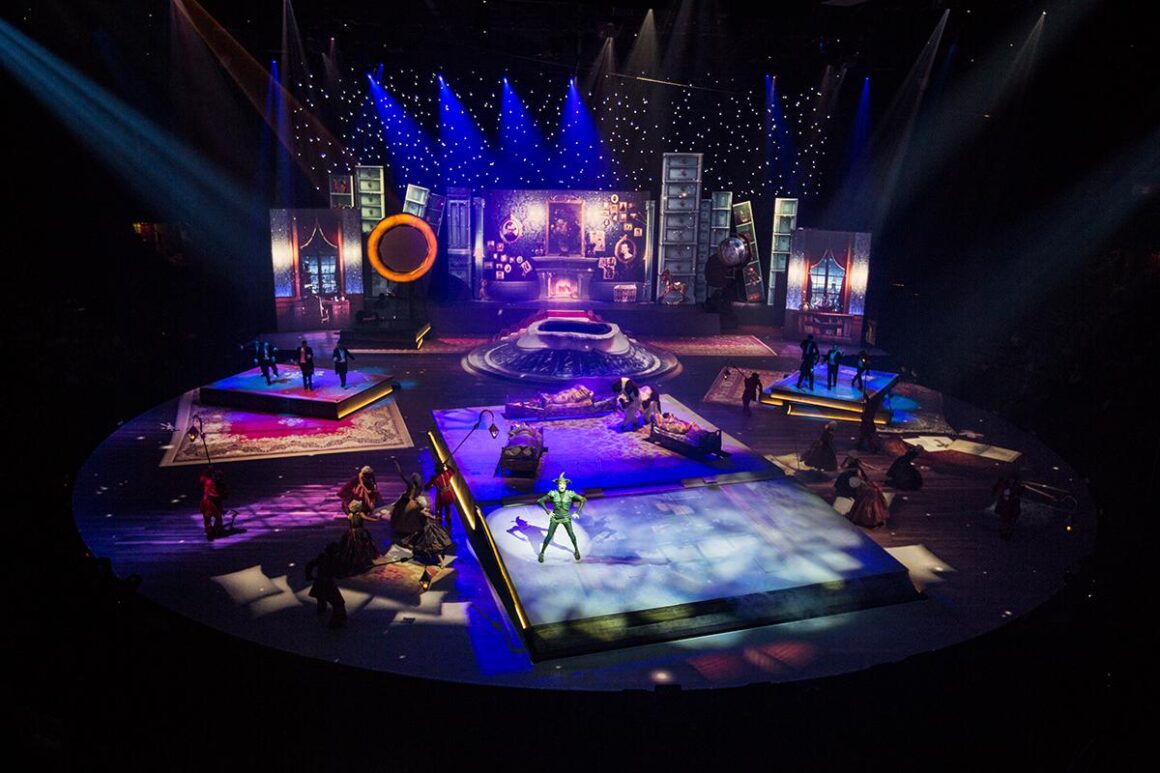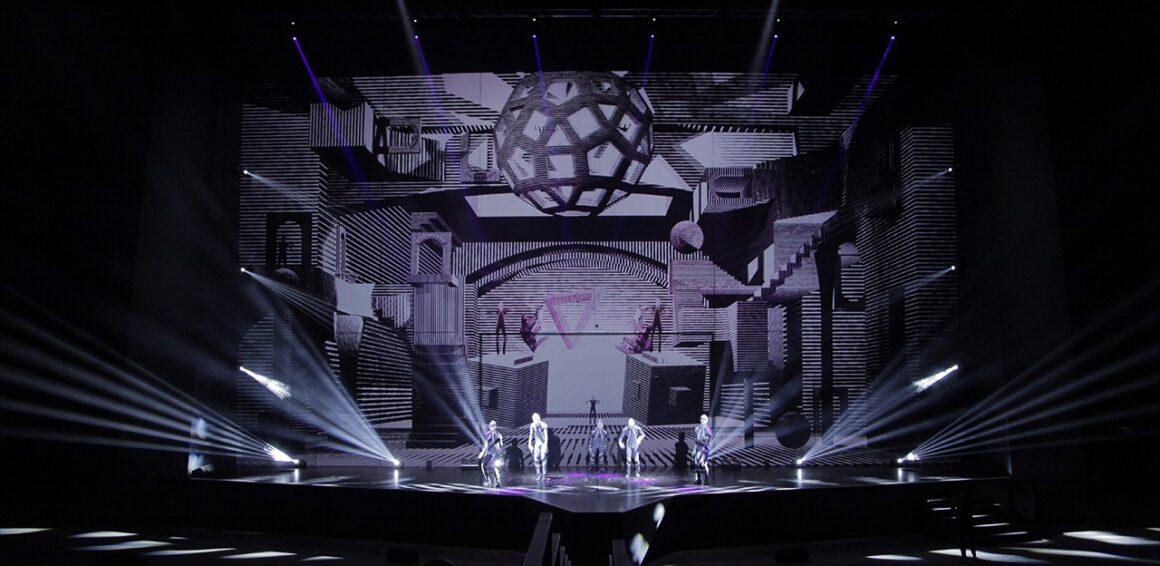Projection mapping is a cutting-edge technology that has transformed the world of theater productions in recent years. By seamlessly blending digital images and animations onto three-dimensional surfaces, projection mapping can create immersive and dynamic visual experiences that elevate the overall impact of a performance.
From transforming ordinary set pieces into fantastical landscapes to adding depth and dimension to characters and scenes, the possibilities with projection mapping are truly endless. In this article, we will explore how theater companies can harness the power of projection mapping to enhance their productions and captivate audiences in new and exciting ways.
Understanding the Basics of Projection Mapping

Understanding the basics of projection mapping is essential for enhancing theater productions. Projection mapping is a technique that uses specialized software to project images onto 3D objects or surfaces, creating the illusion of motion and depth. By carefully aligning the projected images with the physical elements of a stage, designers can transform ordinary sets into dynamic and immersive environments.
This technology opens up endless possibilities for creating visually stunning effects and enhancing storytelling in theater productions. It requires careful planning and precision to achieve seamless integration between the projected images and live performers on stage. By mastering the fundamentals of projection mapping, theater professionals can elevate their productions to new heights and captivate audiences with innovative visual experiences.
Choosing the Right Equipment for Projection Mapping

When it comes to enhancing theater productions with projection mapping, choosing the right equipment is essential for achieving the desired impact. The key factor to consider is the projector itself, as this will determine the quality and brightness of the visuals projected onto the stage. Its important to choose a projector with sufficient lumens to ensure that the images are clear and vibrant, even in a well-lit theater environment.
Additionally, the resolution of the projector should be high enough to convey fine details and textures accurately. Another important aspect to consider is the throw distance of the projector, as this will determine how large the projected images can be and where the projector needs to be positioned within the theater.
In addition to the projector, other equipment such as media servers, mapping software, and masking materials should also be chosen carefully to ensure a seamless and immersive projection mapping experience for the audience.
Preparing Your Theater Space for Projection Mapping

Preparing your theater space for projection mapping is a key component in enhancing your productions. Before diving into the intricacies of projection mapping, its important to ensure that your space is conducive to the projection technology. Start by assessing the layout and dimensions of your theater space, taking note of any obstructions or architectural features that may affect the projection.
Consider the lighting conditions in the space and make any necessary adjustments to create a suitable environment for projection mapping. Additionally, double-check the technical equipment and connectivity in the space to ensure a seamless integration of the projection mapping technology. By properly preparing your theater space, you can maximize the impact and effectiveness of projection mapping in your productions.
Conclusion
In conclusion, incorporating projection mapping into theater productions offers a multitude of opportunities for creativity and innovation. By seamlessly blending digital imagery with physical sets, directors and designers can transport audiences to immersive and dynamic worlds that enhance the overall theatrical experience.
Utilizing video mapping rental services allows theaters to access the latest technology and expertise to bring their vision to life on stage. With projection mapping, the possibilities are truly endless, and the impact on audiences is sure to be unforgettable. Embracing this cutting-edge technique can revolutionize the way theater is presented and create a new level of engagement and excitement for performers and spectators alike.


